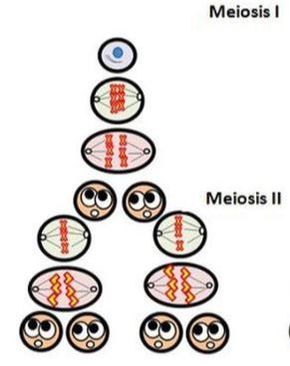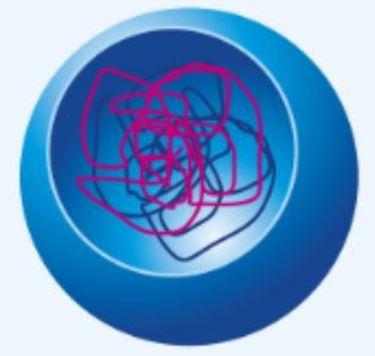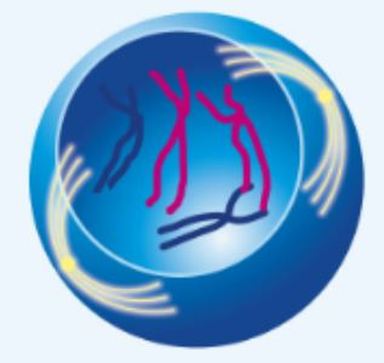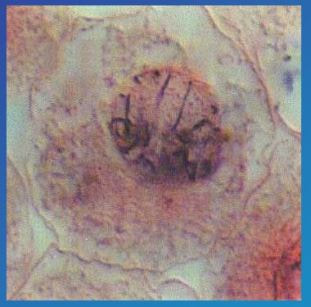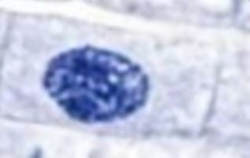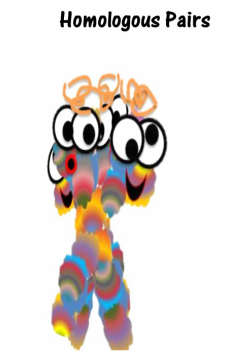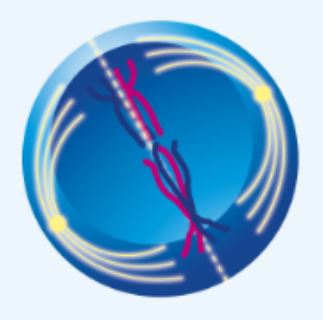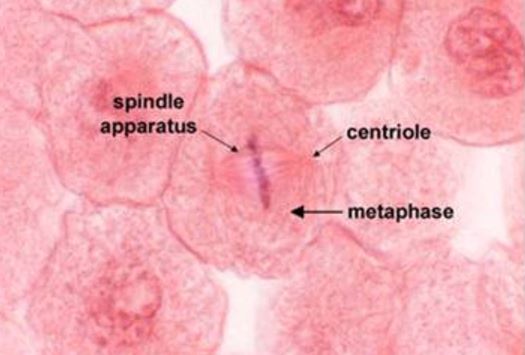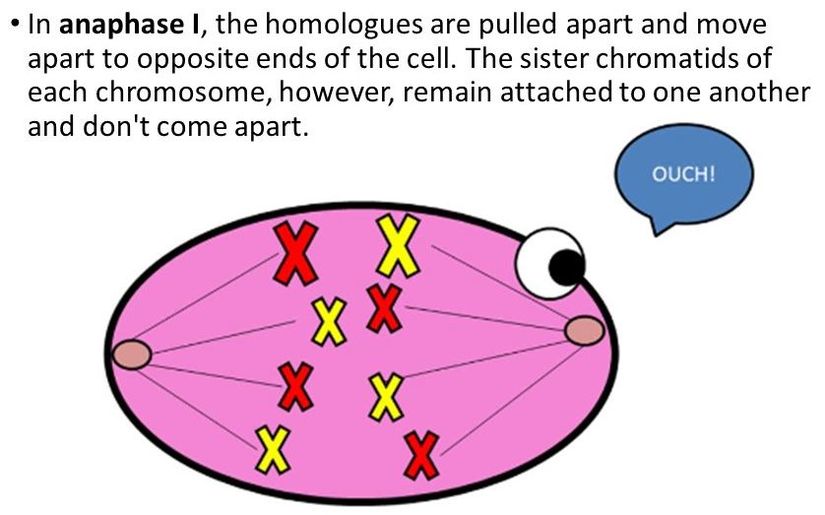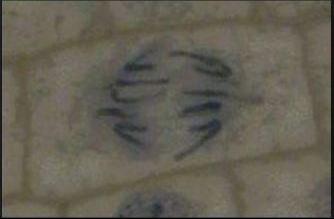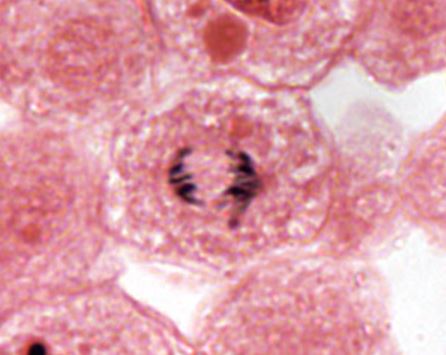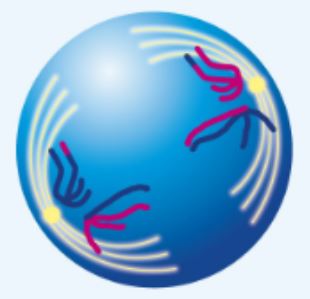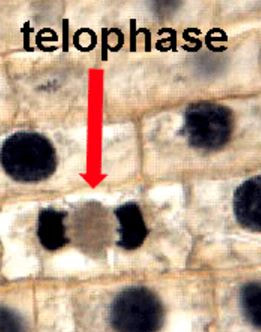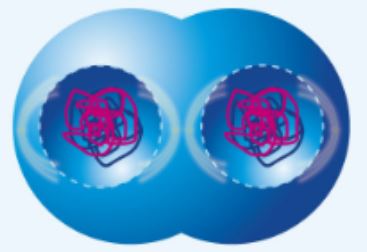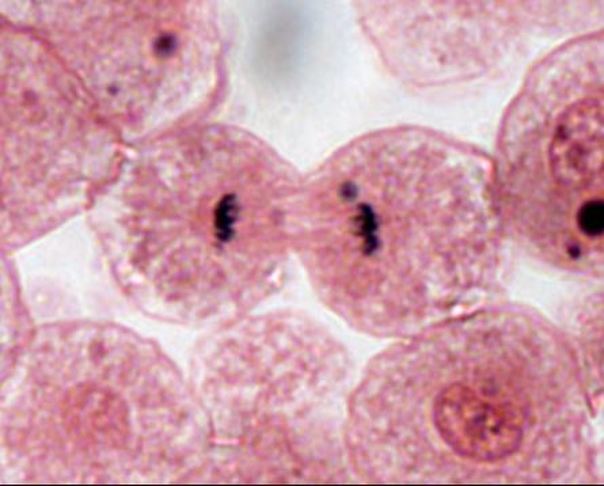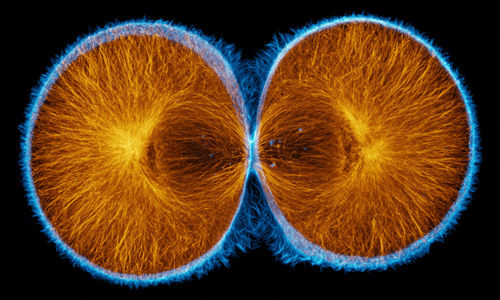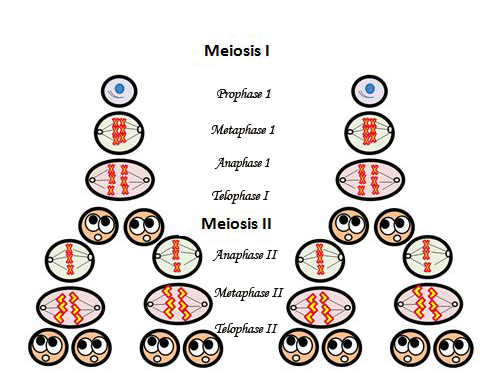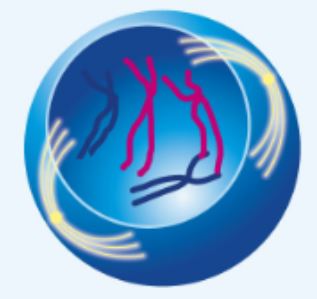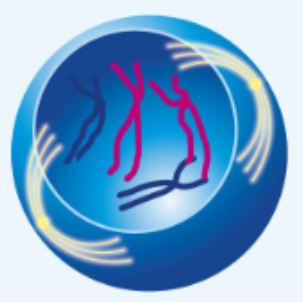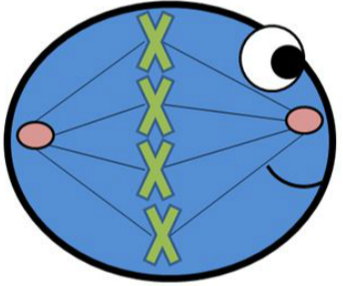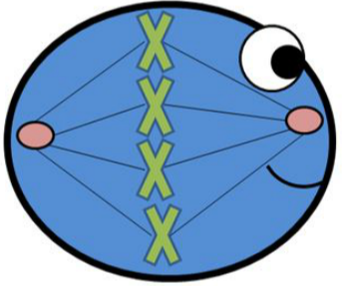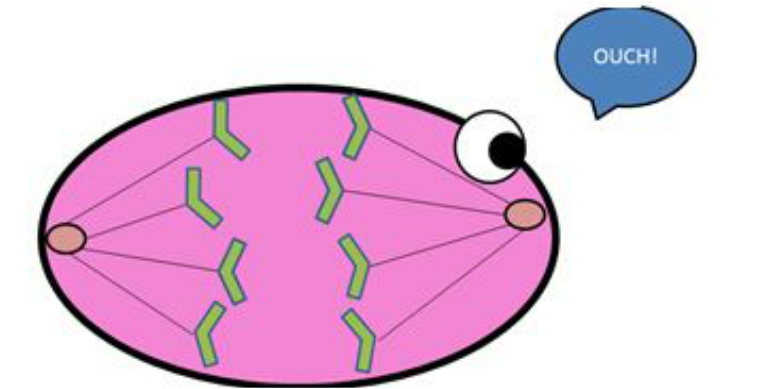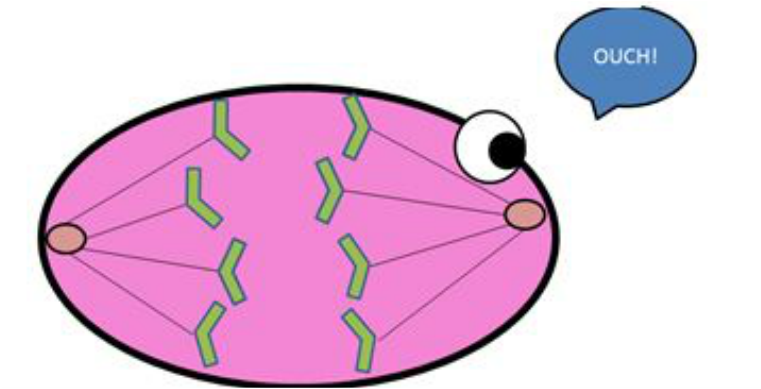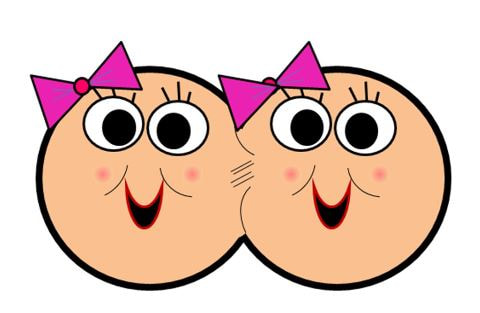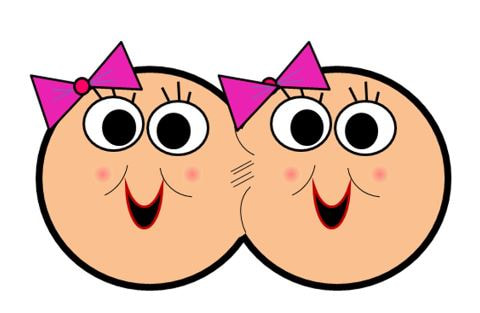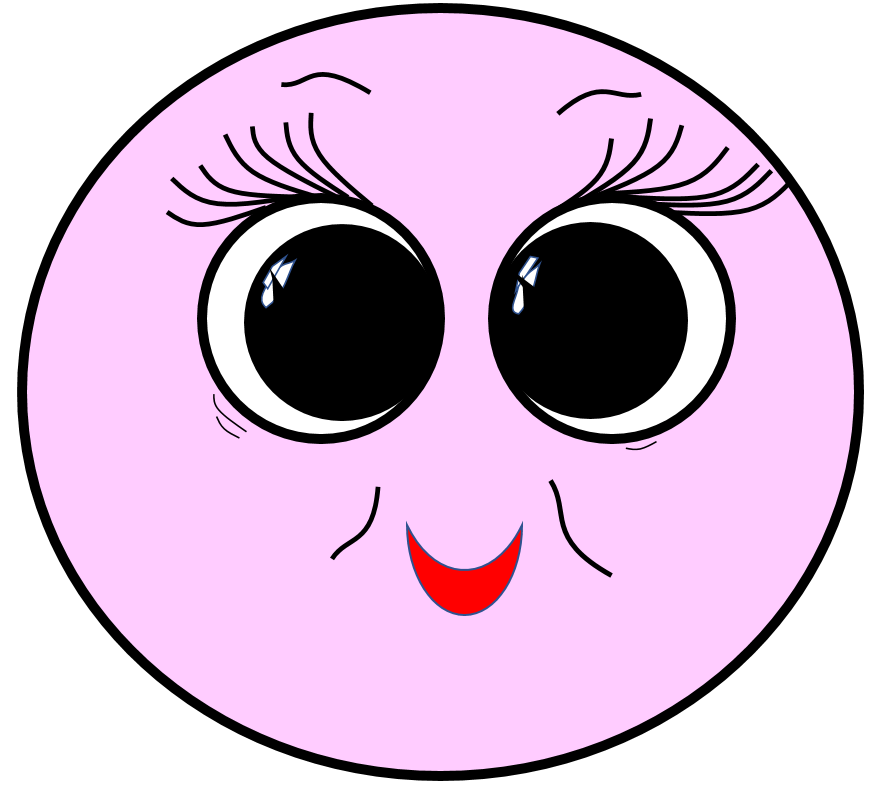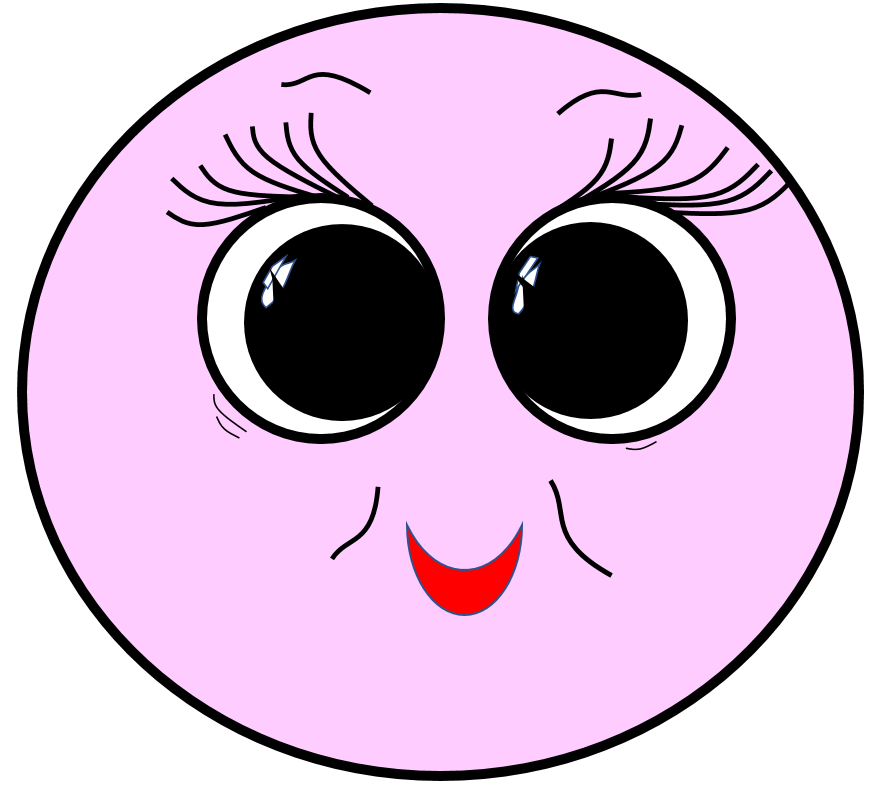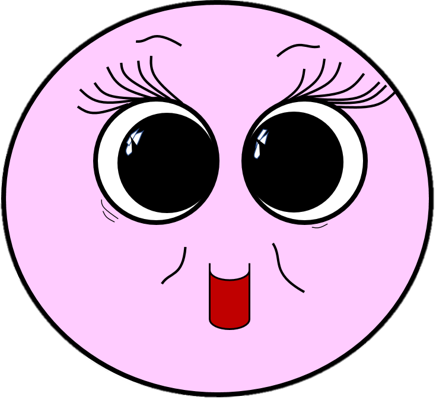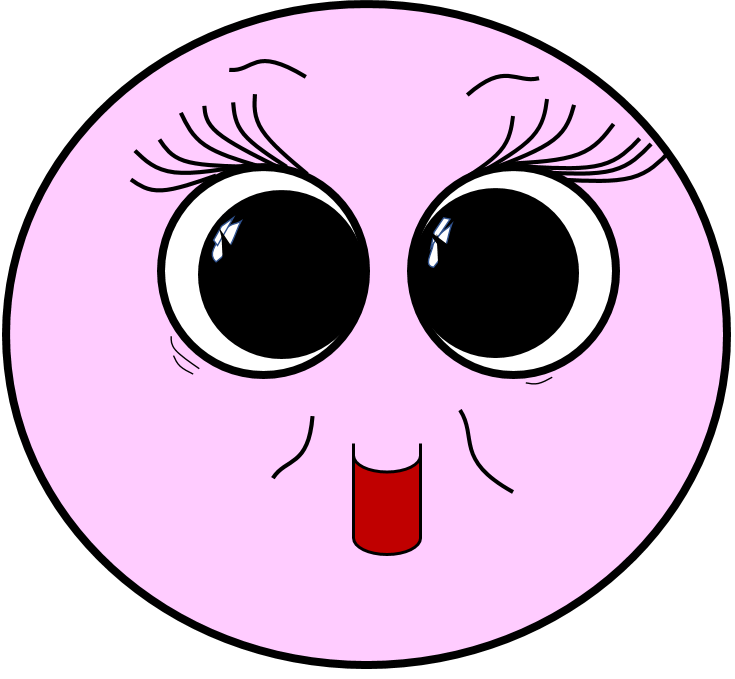Meiosis
What is Meiosis?
|
|
|
In cellular division, chromosomes are duplicated during the S-Phase of interphase, before meiosis begins. Meiosis involves 2 consecutive cell divisions. The first is called Meiosis I and the 2nd is called Meiosis II. In Meiosis I, homologous chromosomes exchange genetic information in an event called crossover. The cells divides once, creating 2 non identical daughter cells, which markes the end of Meiosis I. Immediately following Meiosis I, BOTH daughter cells undergo an additional division in Meiosis II, leading to a total of 4 daughter cells. These 4 daughter cells are genetically unique and are considered haploid, since they have only half the total number of chromosomes than they started with as the parent cell. These 4 daughter cells are gametes or sex cells, which means they are eggs of sperm. During fertilization, 2 of these gametes (one egg and one sperm) will fuse together to create a diploid cell that consists of 2 sets of chromosomes (one from the egg and one from the sperm.
|
The purpose of meiosis is Genetic Variation.
Genetic Variation is the random recombination of genetic material (from mom and dad). Genetic variation improves the probability that if a catastrophic event occurs, at least some of the offspring will survive. This phenomenon is referred to as natural selection.
MEIOSIS
At the beginning of Meiosis, the cell has 46 chromosomes, 23 from mom and 23 from dad.
The genetic material has already been doubled in the S-Phase of Interphase,
but the material is connected at the centromere.
Meiosis is separated into Meiosis I and Meiosis II.
Meiosis I and II each have phases that are named after the phases of mitosis, but there are some very important differences.
The genetic material has already been doubled in the S-Phase of Interphase,
but the material is connected at the centromere.
Meiosis is separated into Meiosis I and Meiosis II.
Meiosis I and II each have phases that are named after the phases of mitosis, but there are some very important differences.
Meiosis I
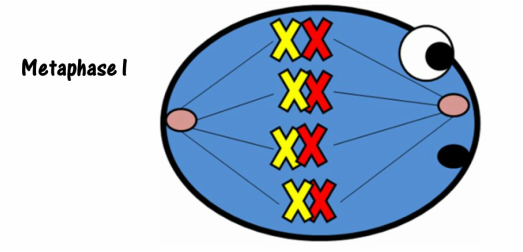
Metaphase I
After Prophase I, Metaphase I begins. Here, the spindle begins to "capture" the homologous chromosomes and move them towards the middle of the cell (metaphase plate). The chromosomes are lined up side by side with their homolog. The spindle will attach to the kinetichore of the ONLY ONE of the homologous chromosomes. In this way, one homologous chromosome goes to one pole of the cell and the other homolog goes to the other side of the cell.
Remember that the homologs are no longer identical due to cros-over!
Metaphase I
After Prophase I, Metaphase I begins. Here, the spindle begins to "capture" the homologous chromosomes and move them towards the middle of the cell (metaphase plate). The chromosomes are lined up side by side with their homolog. The spindle will attach to the kinetichore of the ONLY ONE of the homologous chromosomes. In this way, one homologous chromosome goes to one pole of the cell and the other homolog goes to the other side of the cell.
Remember that the homologs are no longer identical due to cros-over!
- HOW IS THIS DIFFERENT FROM MITOSIS? During metaphase I, it is homologous pairs of chromosomes that line up, not individual chromosomes as in mitosis.
Anaphase I
Telophase I
Cytokinesis
Meiosis II
Right after cytokinesis brings forth 2 haploid cells from Meiosis I, Meiosis II begins! Meiosis II is very similar to Mitosis. These cells are haploid. They have 23 chromosomes total, instead of having 23 chromosomes from each parent (as in mitosis). Each of the these chromosomes have undergone cross-over, so that means they are a mixture of mom and dad's genes. They are not genetically the same as the parent. Each of the 23 chromosomes are still in the 'X' form, consisting of 2 sister chromatids.
Prophase II
In prophase II, another centriole must be made. Then the 2 centriole moves to opposite ends of the cell and the spindle forms.
Metaphase II
In Metaphase II, the chromosomes are captured by the spindle apparatus and are lined up at the middle of the cell (the metaphase plate). The two sister chromatids of each chromosome are captured by microtubules from opposite spindle poles.
Anaphase II
In anaphase II, the sister chromatids separate and are pulled towards opposite poles of the cell.
Telophase II
In telophase II, nuclear membranes reforms, and the chromosomes de-condense.
Cytokinesis splits the chromosome sets into new cells, forming the final products of meiosis: four haploid cells in which each chromosome has just one chromatid. In humans, the products of meiosis are sperm or egg cells.
Cytokinesis splits the chromosome sets into new cells, forming the final products of meiosis: four haploid cells in which each chromosome has just one chromatid. In humans, the products of meiosis are sperm or egg cells.
These daughter cells are haploid gametes, each having unique DNA.
Two very important events occur during Meiosis I that give genetic diversity to offspring.
- Crossing over
- Independent assortment
VOCABULARY
Diploid - The characteristic of a cell containing two complete sets of chromosomes, one from each parent.
Haploid - The characteristic of a cell containing a single set of unpaired chromosomes.
Meiosis - a type of cell division that occurs only in gametes and that results in four non-identical daughter cells, each with half the number of chromosomes of the parent cell.
Mitosis - a type of cell division that results in two daughter cells that are genetically identical to each other and genetically identical to the parent cell.
Gamete - a mature haploid male or female germ cell that is able to unite with another of the opposite sex in sexual reproduction to form a zygote.
Crossover - Crossing over occurs during late Prophase I, just before Metaphase I. It is the process where homologous chromosomes pair up with each other and exchange their genetic material.
Chromosome - A chromosome is a DNA molecule containing genetic material.


